Painted Aluminum
Painted aluminum offers an unparalleled palette of metal surfaces for use by architects, designers, and artists. Painted aluminum is an increasingly popular architectural metal surface, combining the design flexibility of paint and the durability of metal. A high quality, factory-applied baked-on painted aluminum surface is an excellent option for both exterior and interior applications.


































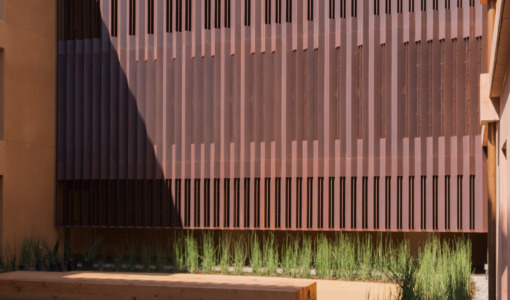
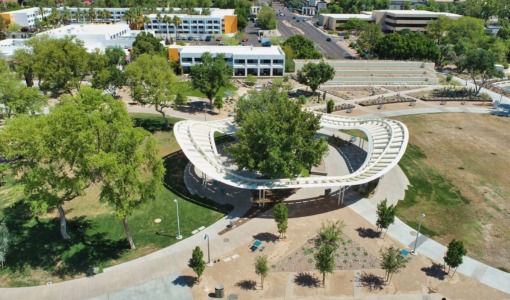







 PHOTO © A. ZAHNER COMPANY.
PHOTO © A. ZAHNER COMPANY.

 Photo ©
Photo © 
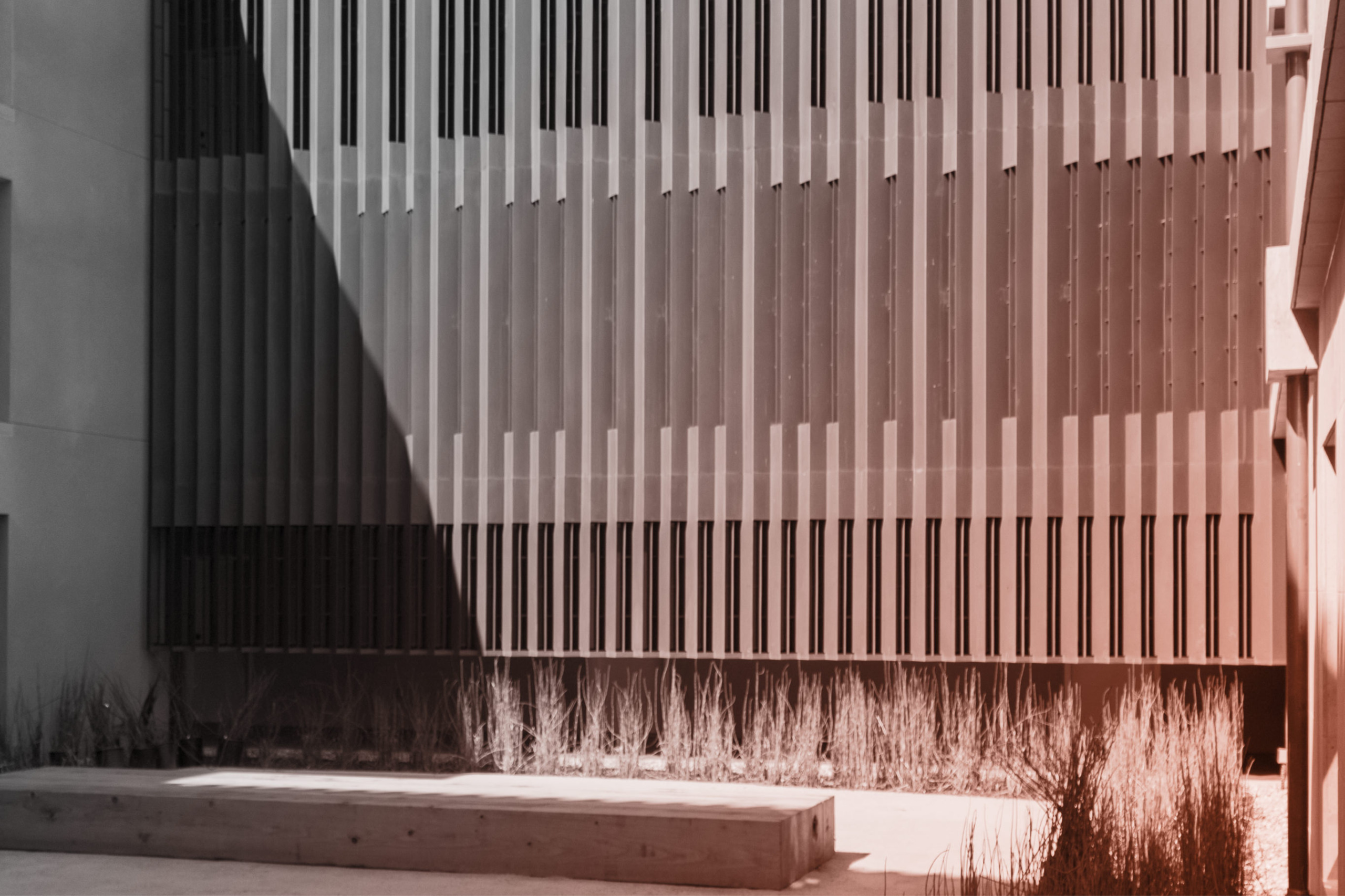
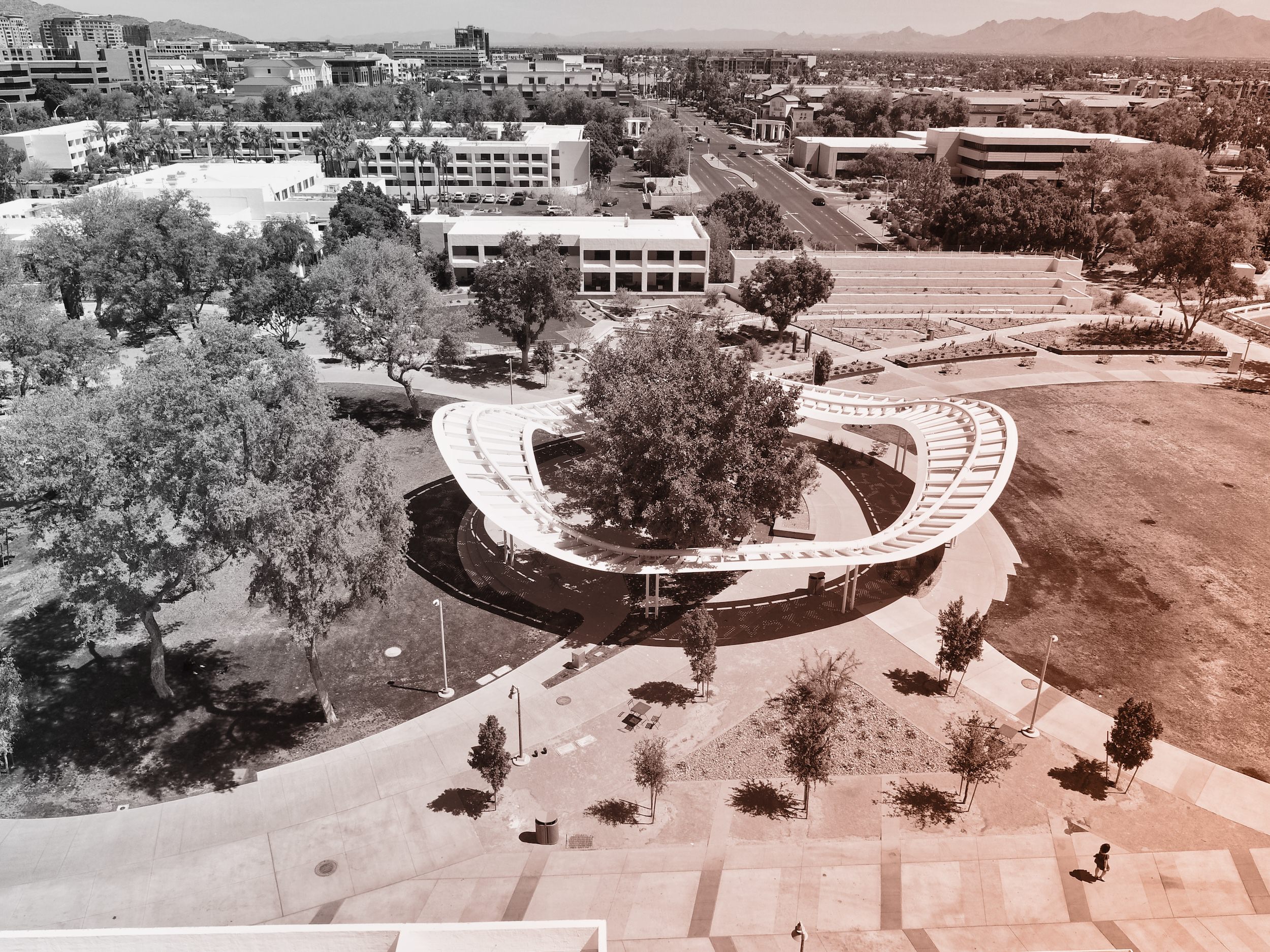
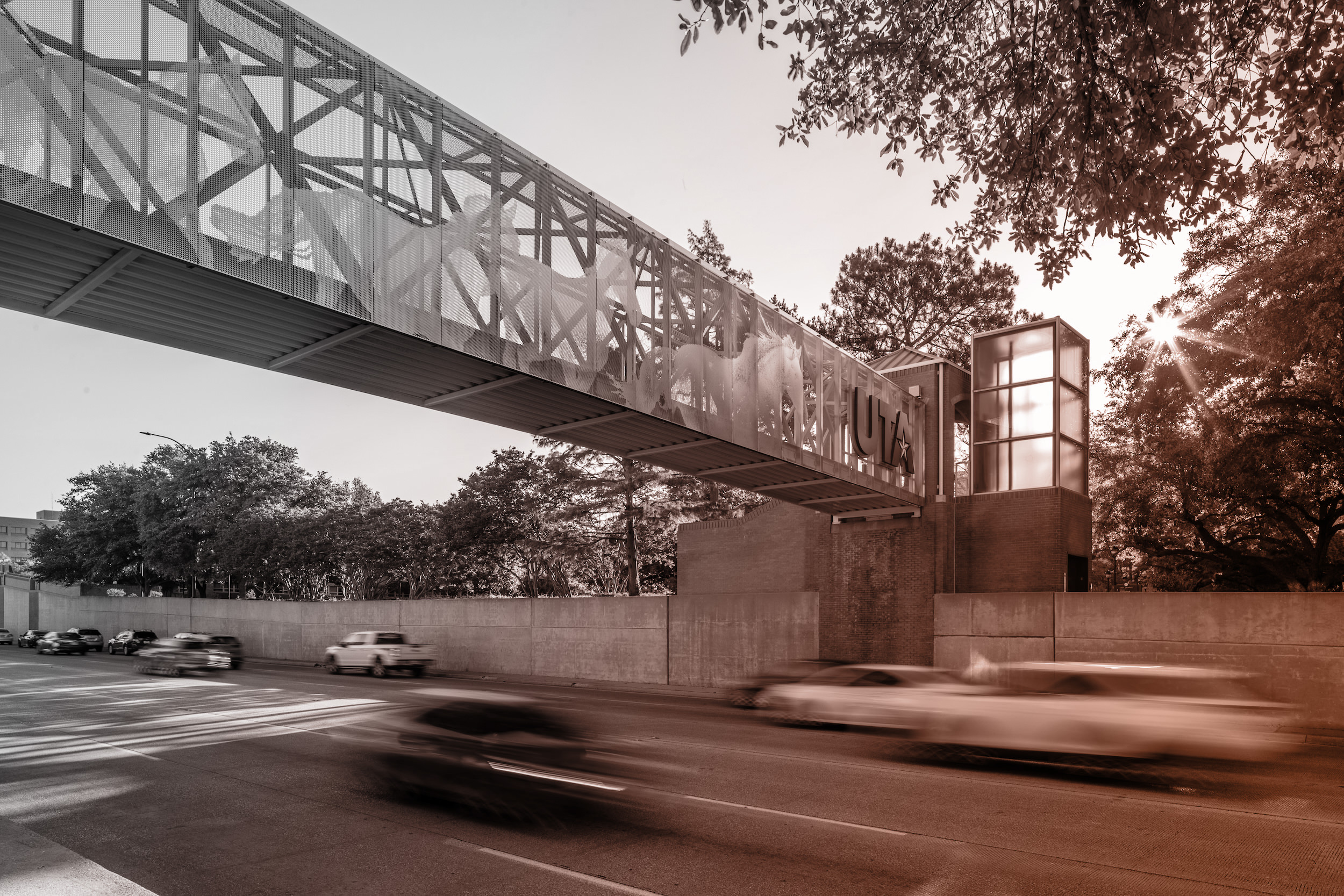 PHOTO ©️ Parrish Ruiz de Velasco (parrch.com)
PHOTO ©️ Parrish Ruiz de Velasco (parrch.com)







 Ɱ, Creative Commons Attribution-Share Alike 4.0 International license, edited.
Ɱ, Creative Commons Attribution-Share Alike 4.0 International license, edited.

